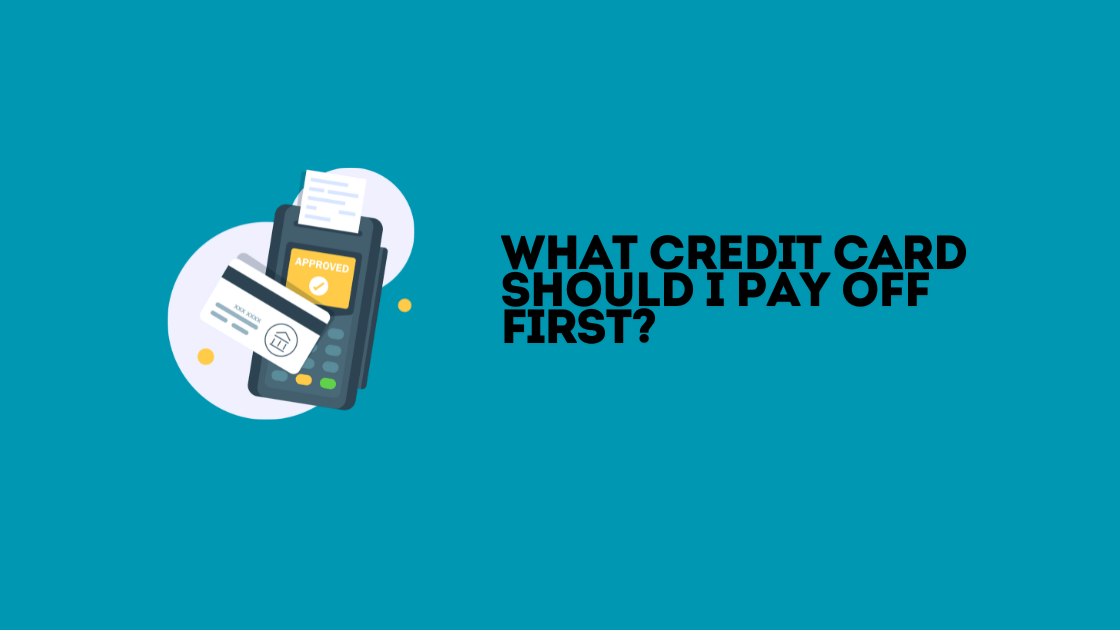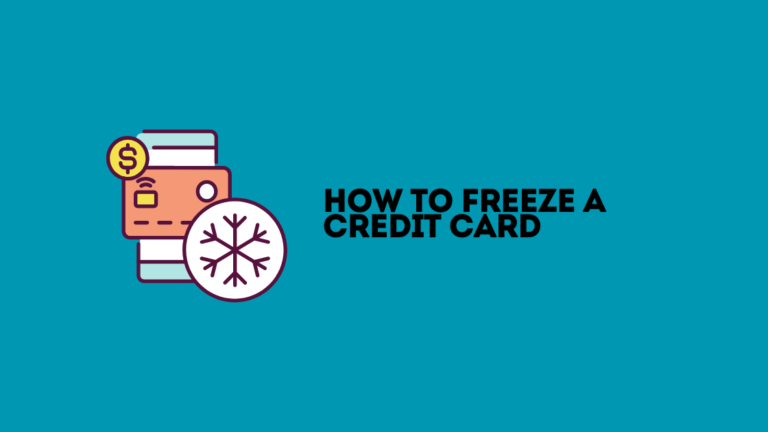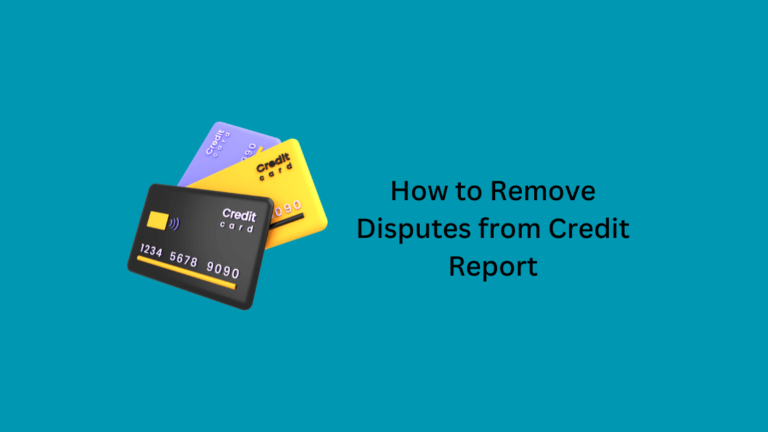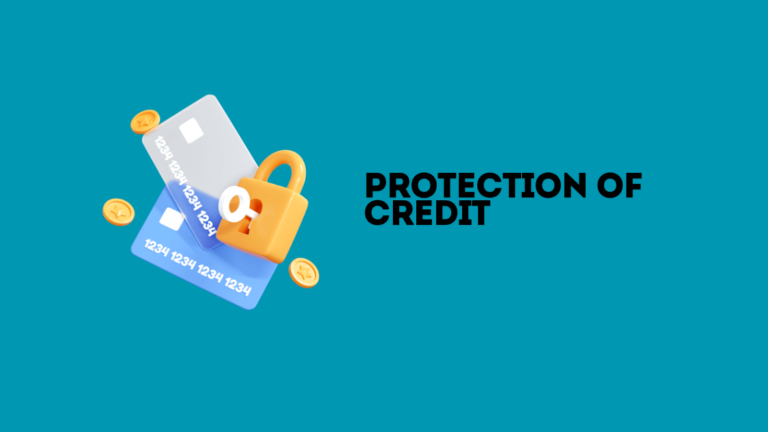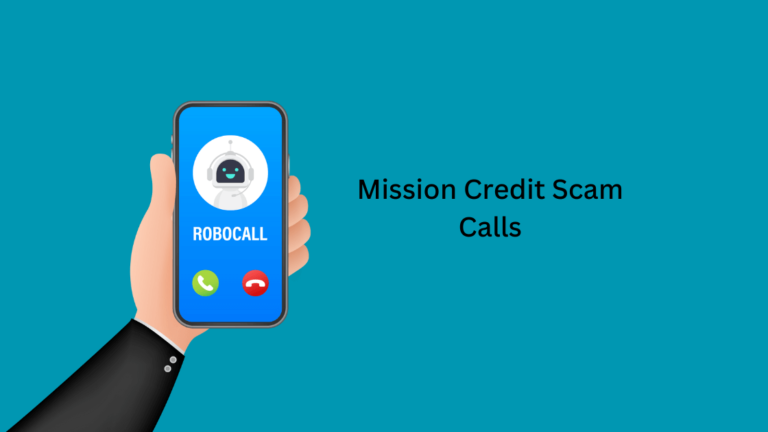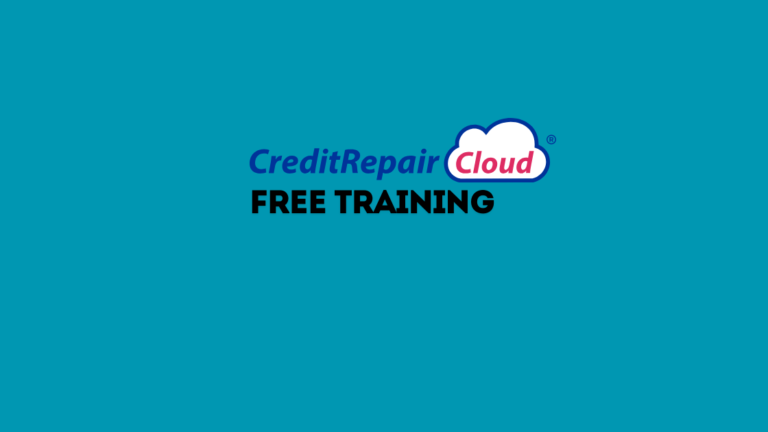What Credit Card Should I Pay Off First: Smart Strategies
Pay off the credit card with the highest interest rate first. This strategy minimizes the amount of interest paid over time.
Paying off credit card debt efficiently is crucial for financial health. High interest rates can quickly accumulate, leading to larger balances. By focusing on the card with the highest interest rate first, you save money in the long run. This method, known as the avalanche method, helps reduce the total interest paid.
It also accelerates the debt repayment process. Once the highest interest card is paid off, move to the next highest. This approach can lead to significant savings and faster debt elimination. Managing credit card debt with a strategic plan can improve financial stability and peace of mind.
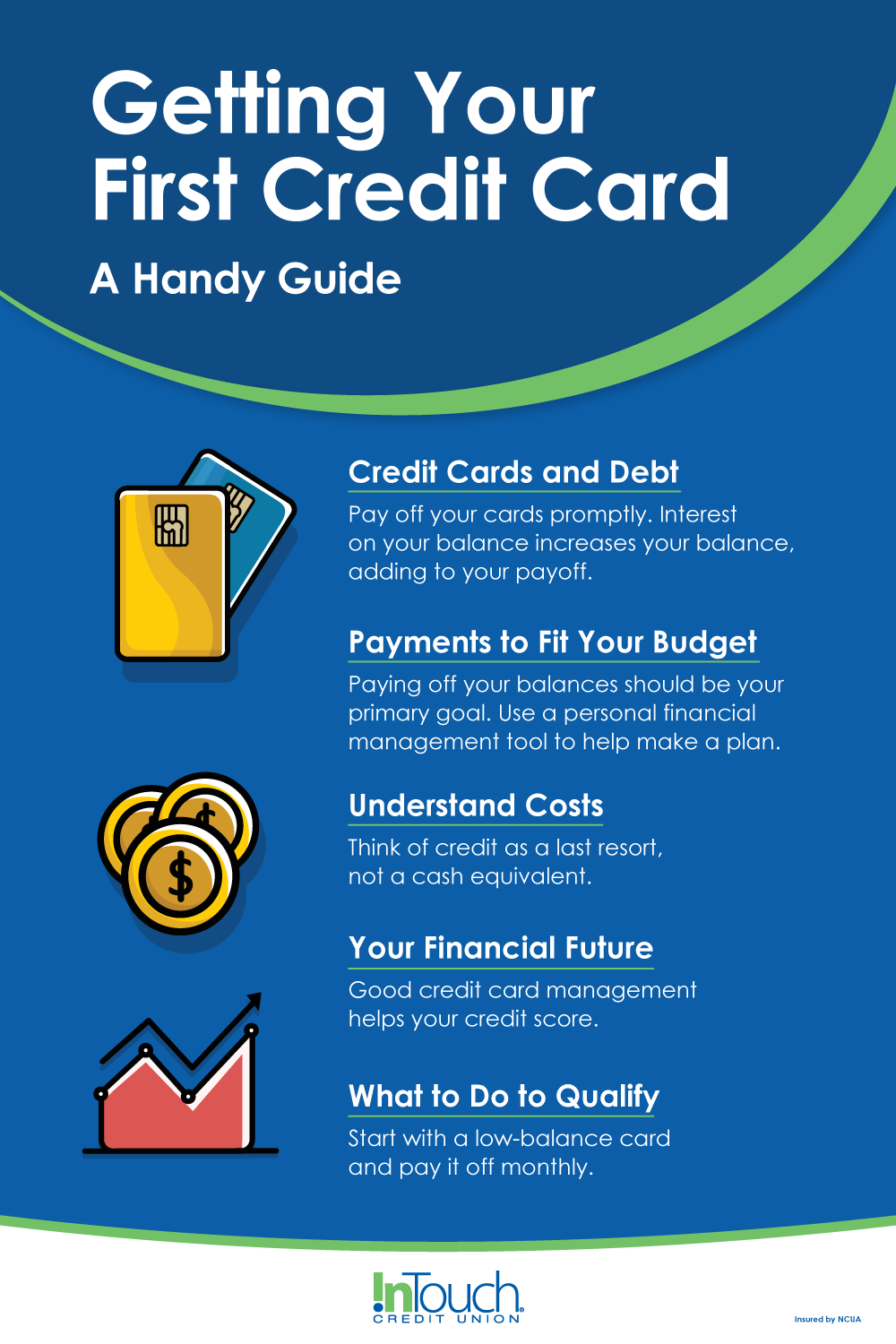
Credit: www.itcu.org
Tackling Credit Card Debt
Credit card debt can feel overwhelming. Many people struggle with multiple balances. Finding the best way to reduce debt is crucial. Focus on effective strategies to make payments easier.
The Burden Of Multiple Balances
Having several credit cards can be challenging. Each card comes with its own interest rate. Monthly payments can quickly add up. It is essential to understand the impact of multiple balances.
Here are some common issues faced by cardholders:
- Higher interest rates increase overall debt.
- Multiple due dates make it hard to manage payments.
- Missing payments can lead to late fees and penalties.
Prioritizing Payments
Deciding which card to pay off first is crucial. Consider using the debt avalanche or debt snowball methods. These methods help prioritize your payments effectively.
Debt Avalanche Method:
- Focus on paying off the card with the highest interest rate first.
- Make minimum payments on other cards.
- Once the highest interest card is paid off, move to the next one.
Debt Snowball Method:
- Start with the card that has the smallest balance.
- Make minimum payments on other cards.
- After paying off the smallest balance, move to the next smallest.
Below is a comparison of both methods:
| Method | Focus | Advantage |
|---|---|---|
| Debt Avalanche | Highest interest rate | Minimizes interest paid |
| Debt Snowball | Smallest balance | Provides quick wins |
Choosing the right method depends on your financial situation. Both methods can effectively reduce debt. Evaluate your balances and interest rates before deciding.
Snowball Vs. Avalanche
Deciding which credit card to pay off first can be tough. Two popular strategies are the Snowball and Avalanche methods. Each has unique benefits. Let’s dive into these methods to see which suits you best. Effective credit card payment strategies can help you save money on interest and get out of debt faster. The Snowball method involves paying off the smallest balance first, which can provide a sense of accomplishment and motivation. On the other hand, the Avalanche method focuses on paying off the card with the highest interest rate first, saving you more money in the long run. It’s important to consider your individual financial situation and goals when choosing which method to use.
Snowball Method In Detail
The Snowball Method focuses on paying off the smallest debt first. Start by making the minimum payments on all credit cards. Then, put extra money towards the smallest balance. Once paid off, move to the next smallest debt. This method provides quick wins and boosts motivation.
| Step | Action |
|---|---|
| 1 | List all debts from smallest to largest. |
| 2 | Pay the minimum on all debts except the smallest. |
| 3 | Put extra money towards the smallest debt. |
| 4 | Repeat until all debts are paid off. |
Avalanche Method Explained
The Avalanche Method targets the debt with the highest interest rate first. Make the minimum payments on all debts. Then, use extra money to pay off the highest interest debt. This method saves money on interest over time.
- Identify the debt with the highest interest rate.
- Pay the minimum on all other debts.
- Use extra funds to pay off the highest interest debt first.
- Continue this process until all debts are cleared.
Both methods are effective, but they serve different needs. The Snowball Method is great for quick wins. The Avalanche Method saves you money on interest.
Interest Rates And Their Impact
Credit card debt can be overwhelming, but having a strategy can help. One key factor to consider is interest rates and their impact on your debt repayment journey. Understanding how interest rates work can save you money and time.
How Interest Rates Affect Repayment
Interest rates determine how much extra money you pay on top of what you owe. Higher interest rates mean you pay more over time. For example, a credit card with a 20% interest rate will cost you more than one with a 10% rate.
Even if the balances are the same, the card with the higher rate will accrue more interest. This makes the debt grow faster. You may end up paying hundreds or even thousands more in interest fees.
Using a simple example:
| Card | Balance | Interest Rate | Monthly Interest |
|---|---|---|---|
| Card A | $1,000 | 10% | $8.33 |
| Card B | $1,000 | 20% | $16.67 |
As shown, Card B costs more in interest each month. This extra cost can slow down your repayment plan.
Targeting High-interest Cards
To save the most money, target high-interest cards first. This strategy is known as the avalanche method. It focuses on paying off the card with the highest interest rate first.
Here’s how to use the avalanche method:
- List all your credit cards and their interest rates.
- Make minimum payments on all cards.
- Put extra money towards the card with the highest rate.
- Once that card is paid off, move to the next highest rate.
This method reduces the total amount of interest you pay over time. It also helps you pay off your debt faster.
For example:
- Card A: $1,000 at 10%
- Card B: $1,000 at 20%
- Card C: $1,000 at 15%
Start with Card B, then move to Card C, and finally Card A. This approach maximizes your savings and speeds up your debt-free journey.
Assessing Your Financial Situation
Before deciding which credit card to pay off first, assess your financial situation. Understanding your finances helps make informed decisions. Let’s break it down step-by-step.
Evaluating Debt-to-income Ratio
Your Debt-to-Income Ratio (DTI) shows how much debt you have compared to your income. It’s a key factor in assessing your financial health. Calculate it using this formula:
| Debt | Income |
|---|---|
| Total Monthly Debt Payments | Gross Monthly Income |
Divide your total monthly debt payments by your gross monthly income. Multiply the result by 100 to get your DTI percentage.
- If your DTI is below 36%, your debt is manageable.
- If your DTI is between 37% to 49%, your debt is moderate.
- If your DTI is 50% or higher, your debt is high.
Knowing your DTI helps you prioritize which credit cards to pay off first.
Identifying Repayment Capacity
Next, identify your repayment capacity. This is the amount of money you can allocate to debt payments each month. To find it, follow these steps:
- Calculate your monthly income.
- List your monthly expenses (rent, utilities, groceries, etc.).
- Subtract your expenses from your income.
The remaining amount is your repayment capacity. This tells you how much you can pay toward your credit card debt each month.
Focus on cards with the highest interest rates first. This reduces the total interest paid over time. Use your repayment capacity to create a plan and stick to it.
Creating A Repayment Plan
Paying off credit card debt can be stressful. A repayment plan helps. It provides structure and clarity. Let’s dive into how to create one.
Setting Realistic Goals
Begin with setting goals. Realistic goals keep you motivated. List all your debts. Identify the balance and interest rate for each.
| Credit Card | Balance | Interest Rate |
|---|---|---|
| Card A | $2,000 | 15% |
| Card B | $1,500 | 20% |
| Card C | $3,000 | 10% |
Choose a goal based on your list. Aim to pay off the highest interest rate first. It saves you money in the long run. Or, focus on the smallest balance first. This gives quick wins and boosts confidence.
Structuring Your Payment Schedule
After setting goals, create your payment schedule. Divide your monthly income for payments. Allocate more to the highest interest debt.
- Calculate your monthly income.
- List all monthly expenses.
- Determine the amount available for debt repayment.
Use this amount to create your schedule. Pay the minimum on all cards. Use extra funds for the target card.
Example:
- Card A: Minimum payment $50
- Card B: Minimum payment $40
- Card C: Extra payment $150
Adjust your schedule as needed. Consistency is key. Track your progress monthly. Celebrate small victories. They keep you motivated. Stick to your plan and watch your debt shrink.

Credit: www.youtube.com
Consolidation And Balance Transfers
Paying off credit card debt can be stressful. Two popular strategies are consolidation and balance transfers. These methods simplify payments and reduce interest rates. Let’s explore both options to see which one suits your needs.
Using Balance Transfer Cards
A balance transfer card allows you to move existing debt to a new card. This new card often offers a low or 0% interest rate for a limited time. This can help you save on interest charges and pay off your debt faster.
- Introductory Offers: Many cards offer 0% APR for 12-18 months.
- Transfer Fees: A fee of 3-5% may apply when transferring balances.
- Credit Score Impact: Applying for a new card may affect your credit score temporarily.
Using a balance transfer card is beneficial if you can pay off the balance within the promotional period. Ensure that you understand the terms and conditions before applying.
When To Consider Consolidation Loans
Consolidation loans combine multiple debts into one loan with a single monthly payment. This simplifies your payments and may lower your interest rate.
| Feature | Details |
|---|---|
| Loan Amount | Depends on your total debt and creditworthiness. |
| Interest Rate | Often lower than credit card rates, usually fixed. |
| Repayment Period | Typically ranges from 2 to 5 years. |
Consider a consolidation loan if you have high-interest debt from multiple sources. It can make your debt more manageable and reduce the total amount paid over time.
Behavioral Strategies For Repayment
Choosing which credit card to pay off first can be a daunting task. Using effective behavioral strategies can help simplify this process and ensure success. Below, we discuss two key strategies that can make a significant difference: Budgeting and Avoiding New Debt. By creating a budget, you can allocate more funds towards paying off the credit card with the highest interest rate or balance, helping you save money in the long run. Additionally, avoiding new debt can prevent your existing balances from growing larger, ultimately helping to boost your credit score. These strategies can bring you closer to financial freedom and improve your overall financial well-being.
The Role Of Budgeting
Budgeting is a crucial step in any debt repayment plan. Creating a budget helps you see where your money goes. It also highlights areas where you can cut back.
Here’s how to create a budget:
- List your monthly income.
- List all your expenses.
- Subtract expenses from income.
- Allocate extra funds towards debt repayment.
A sample budget might look like this:
| Category | Amount |
|---|---|
| Income | $3000 |
| Rent | $1000 |
| Utilities | $200 |
| Groceries | $300 |
| Transport | $150 |
| Debt Payments | $500 |
| Savings | $200 |
| Entertainment | $100 |
| Miscellaneous | $150 |
| Total Expenses | $2600 |
| Remaining Funds | $400 |
Using this budget, you can allocate the remaining $400 towards paying off your credit card debt.
Avoiding New Debt
Paying off debt is just one part of the equation. Avoiding new debt is equally important. Here are some tips to help:
- Stop using credit cards for non-essential purchases.
- Set up an emergency fund.
- Use cash or debit cards to control spending.
- Track your expenses to identify spending habits.
- Remove saved credit card information from online stores.
These steps can prevent new debts from accumulating, making it easier to focus on repaying existing debt.
When To Seek Professional Help
Dealing with multiple credit card debts can be overwhelming. Sometimes, the best solution is to seek professional help. Professional services can provide tailored advice and structured plans to manage your debt effectively. Here, we will discuss two key options: Credit Counseling Services and Debt Management Plans.
Credit Counseling Services
Credit counseling services help you understand your financial situation. They offer personalized advice on managing and reducing debt. These services often provide educational resources and budgeting tools.
Credit counselors can also negotiate with creditors. This could result in lower interest rates or waived fees. All these factors can make your debt more manageable.
Here’s what to expect from credit counseling services:
- Detailed review of your financial situation
- Personalized debt management advice
- Educational resources and budgeting tools
- Negotiation with creditors
- Possible reduction in interest rates and fees
Debt Management Plans
Debt management plans (DMPs) are structured repayment programs. They are designed to help you pay off debt within a specific timeframe. A credit counselor creates and manages your DMP.
Benefits of a DMP include:
- Consolidation of multiple debts into one monthly payment
- Lower interest rates
- Waived late fees
- Clear repayment timeline
Here’s a quick comparison of what DMPs offer:
| Benefit | Description |
|---|---|
| Consolidation | One monthly payment for all debts |
| Lower Interest Rates | Reduced rates negotiated by the counselor |
| Waived Fees | Possible elimination of late fees |
| Repayment Timeline | Structured timeline to pay off debt |
Credit counseling services and debt management plans can make a significant difference. They offer structured solutions to reduce your debt burden.

Credit: www.reddit.com
Frequently Asked Questions
1. What Credit Should I Pay Off First?
Pay off high-interest credit cards first. This reduces overall interest costs and helps improve your credit score.
2. Is It Better To Pay Off One Credit Card Or Pay Down Multiple?
Paying off one credit card can boost your credit score faster. Focus on the card with the highest interest rate first. This saves money on interest and helps reduce debt quickly.
3. Should I Pay Off Highest Credit Card Or the Lowest First?
Pay off the highest-interest credit card first to save money on interest. This method is called the avalanche method.
4. What Debt Should I Pay Off First To Raise My Credit Score?
Pay off credit card debt first. High credit card balances impact your credit score the most. Prioritize cards with the highest interest rates.
5. Which Credit Card Should I Pay Off First?
Pay off the card with the highest interest rate first to save money on interest.
Conclusion
Choosing which credit card to pay off first is crucial. Focus on high-interest cards to save money. Use the snowball method for quick wins and motivation. Consistency is key to reducing debt. Evaluate your financial situation regularly. Stay disciplined and watch your debt shrink, leading to financial freedom.

